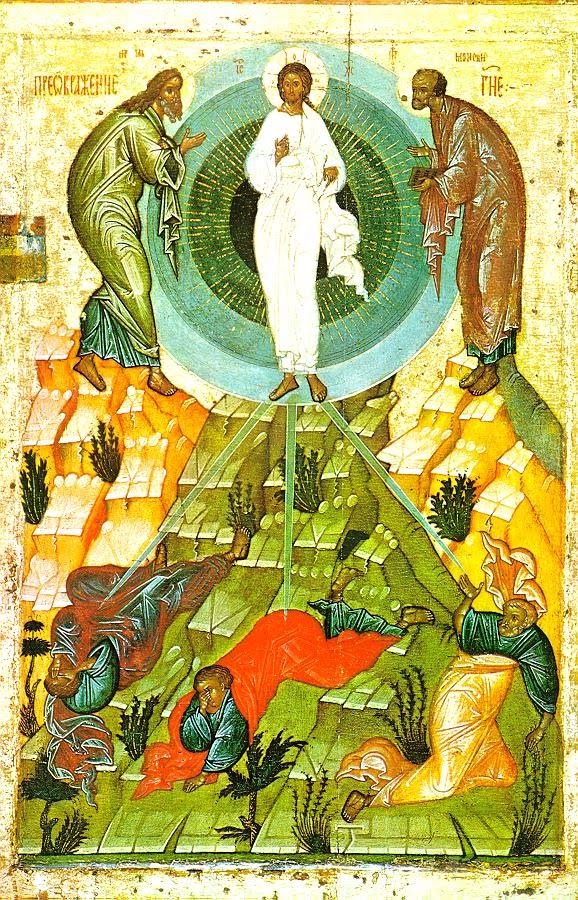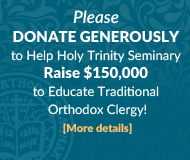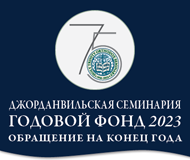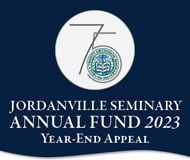News

August 6/19 – Holy Transfiguration of Our Lord God and Savior Jesus Christ
12:00 PM
In the Transfiguration of the Lord the mystical nature of the One, Who in those days was called a Nazarene or a Prophet, instantly became manifest to the three disciples whom He chose Himself, or, in the church language, this Nature manifested Itself through the human flesh of Jesus. Apostles Peter, James, and John saw the Son, Whose countenance shone “like the son”, “His garments became shining, very white, like the snow, white like no person on earth could make them.” At the same time the Apostles felt upon themselves tangible “grace of the Holy Spirit, coming like a noetic light, bringing joy” (from the words of St. Symeon the New Theologian). When, for a time, penetrated by this light Peter cried out: “Lord! It is good for us to be here”, the voice of the Heavenly Father, that said: “This is My beloved Son, in Whom I am well pleased; listen unto Him” (Matthew 17:4) became intelligible to him, to James and to John.
The author of the third Gospel, holy apostle Luke, in his description of the Transfiguration, lists three most important details: the appearance of the Lord’s “countenance” changed during prayer; Prophets Moses and Elias talked with Jesus “about His passing, which He had to accomplish in Jerusalem” (Luke 9:31); the disciples themselves were “heavy with sleep” and that , in a way, foreshadowed the overwhelming black sleepiness that was soon to come upon the apostles in the garden of Gethsemane.
“The Prophets and Apostles were filled with joy, – says St. Ephraim the Syrian. – The Prophets rejoiced, because they saw here His humanity that they didn’t see before, the Apostles rejoiced, because they saw here the glory of His Divinity that they didn’t know before.”
The church tradition, going back at least to the third century of christian era, states that Transfiguration took place upon mount Tabor, in the southern part of Galilee.
“Mount Tabor, heaven on earth, exultation of the soul and the nourishment of the eyes of the orthodox: because some divine grace is present, overshadowing the mountain, and that inspires spiritual joy”, – wrote a greek from Crete, the author of the pilgrim’s notes John Phocas, whose visit to the Holy Places of Palestine took place in the year 1187. Yet, it is difficult to say what exactly did he see upon mount Tabor: some sources say that already in 1181 the armies of calif Saladdin destroyed the local monasteries and churches, killing the monks, and built a fortress on the ruins in order to ward off the attacks of the crusaders.
“In the year 1217, crowds of the crusaders, made up of pilgrims, gathered under the direction of the kings: Andrew of Hungary, Hugo of Cypress, and John of Jerusalem, on the day of St. Andrew camped at the foot of Mount Tabor against the fortress situated at the top” – says professor of divinity Benjamin Ioannidis, author of a recent and famous description of the Holy Land. – The Saracen garrison, as soon as the approaching army of the crusaders was spotted, set out against them at the gates of the fortress… Many of the cavaliers of the Orders of St. John and of the Temple died without any success…”.
A century earlier, the glorified “Igumen of the Russian Land” Daniel mentions the churches on Tabor in his “Pilgrimage”: “There is a high place at the very top of that mountain, as if a rock, small and sharp at the top, that is the place where Christ our God was transfigured; there is a good church in honor of Transfiguration there, and another one in honor of the holy prophets Moses and Elias.”.
Later on, all of this disappeared at the efforts of the destroyers, and only in the 19th century, greek Orthodox church was built on Tabor, where one can see the remains of the buildings from the times of St. Helena, mother of holy equal-to-the-apostles Emperor Constantine. The guide for the Russian pilgrims, published in 1894, says: “Pilgrims spend almost an hour in order to climb the mountain of Transfiguration. At the wall of the greek monastery the caravan is met by bell ringing and the pilgrims go straight into the church… Having worshipped at the holy place, they settle within the walls of the monastery in any way they can. The entire building of the monastery, even the church, is wide open to receive the travelers from afar. In the evening, our Russian hieromonks, along with all the brethren of Tabor, clergy from the pilgrims and in the presence of the Metropolitan (of Nazareth) serve the all-night vigil, and later on, closer to sunrise, Liturgy in church slavonic.”
The shining of the light of Tabor – uncreated light – right next to the sleeping sinful people contains within itself a promise: “It is impossible for Him not to enlighten those, who in a worthy manner participate in the Divine radiance of His Body within us”, – writes St. Gregory Palamas. It was specifically in this manner that St. Seraphim of Sarov vouchsafed his friend and disciple N.A. Motovilov to become a fellow seer and fellow participant in being in the Light of the Transfiguration. “Imagine, in the middle of the sun, in the very brilliant radiance of its noon rays, the face of the man, who is speaking with you. You see the movement of his lips, the changing expression of his eyes, hear his voice, but see neither yourself, nor his figure, save for solely the blinding light, spreading far, and illuminating with its bright shining the snow, which covers the meadow, along with the snow flakes, covering from above both me and the Great Elder”, – related Motovilov about what took place.
In continuation of the Old Testament tradition, the fruit of the earth – ears of grain and grapes, “for from them comes the wine for the bloodless sacrifice”, are blessed on the feast of Transfiguration. Usually, in Russia apples are blessed. The Church entreats the Lord, that He grant to those eating the fruits sanctification of the soul together with the sanctification of the body, that He would keep their life in peace and joy, and that He multiply the fruits. The Church of Christ blesses and sanctifies the offered fruits with the holy Name of God, glorified in the Trinity.






